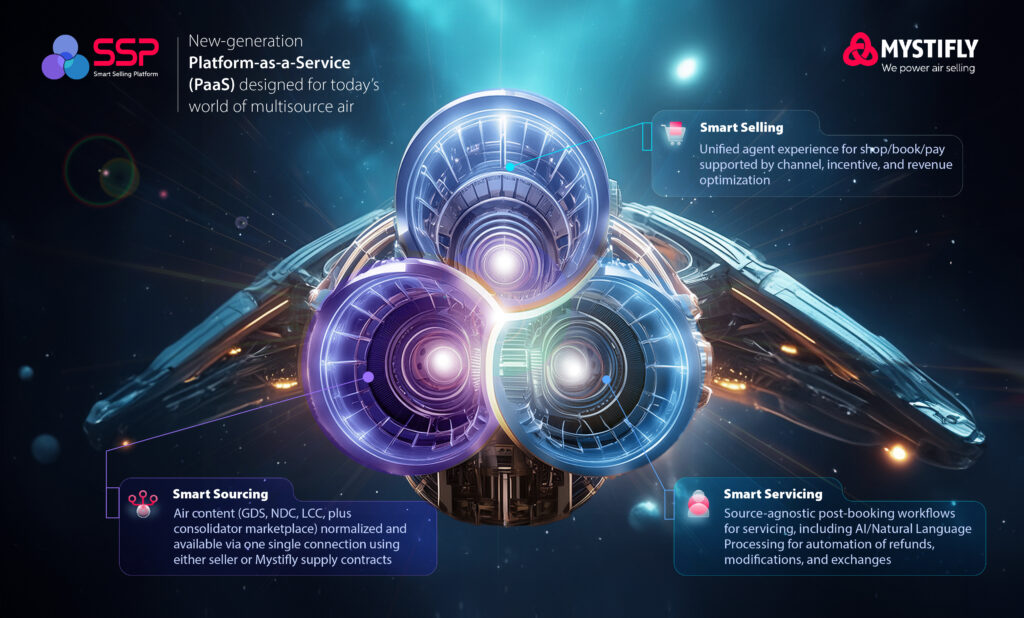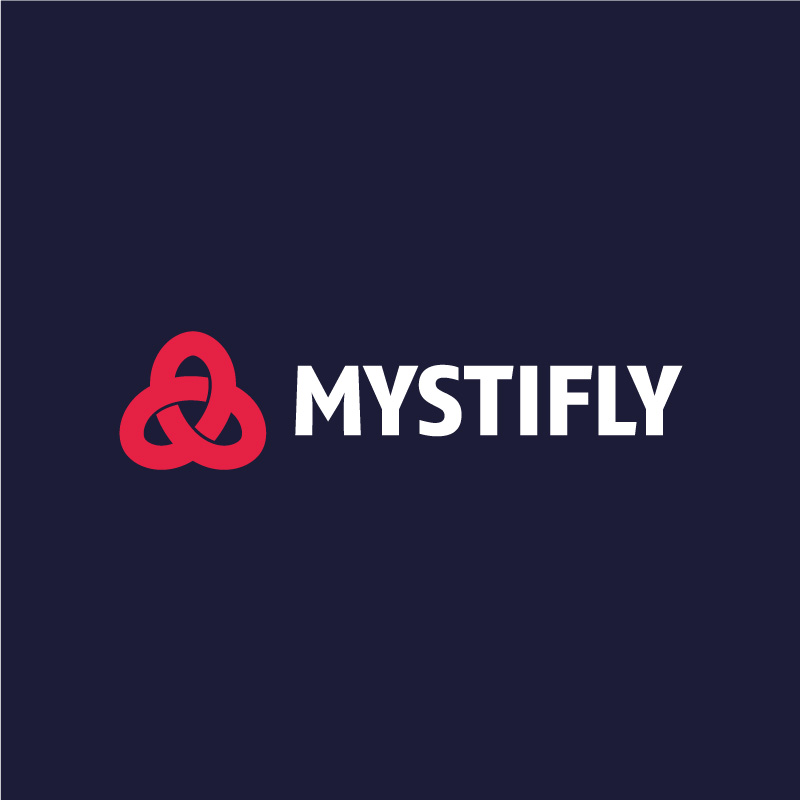“The Rise of Multisource,” a new series by Mystifly, ventures into the world of air-selling. It explores the broad range of air content sources and a surprisingly diverse ecosystem of travel sellers, lifting the lid on the trends and forces at play. While Chapter 1 sets the scene for the journey, in ‘Goodbye Uniformity – Hello Innovation,’ we discuss why fragmented air content is here to stay, and why that might be good for all players in this genesis of change.
In Chapter 1, we saw how IATA’s introduction of the New Distribution Capability (NDC) standard sparked a transformational movement in air retailing. Inspired by the success of low-cost carriers (LCCs), which proved the potential of direct distribution, NDC encouraged legacy airlines to move away from the status quo and high reliance on the traditional Global Distribution System (GDS) model, rooted in the EDIFACT standard. As a result, airlines can now choose how and where they distribute.
IATA launched NDC in 2012. Adoption was gradual initially, but its trajectory has gained speed, particularly over the last 12 months.
It’s standard, but not as we know it.
One of the benefits of NDC is that it operates as a voluntary standard, allowing airlines to define their own retailing strategies. Airlines have been adopting different versions (there are nine) depending on when they embarked on the journey and the latest version that was available at the time, as well as their workflows and offerings, such as ancillary products, fare families, and servicing.
The NDC standard has been evolving since its launch, and with each new version, it has improved over time. However, it has yet to map out how to meet all connectivity, retailing, and servicing requirements. This makes integration of NDC APIs fairly complex, which is one of the reasons why NDC adoption has taken a decade to gain momentum within the air retail ecosystem.
It’s just not normal!
NDC is not normalized, and although this adds complexity to air-selling, we can celebrate the departure from the status quo. After all, the one-size-fits-all EDIFACT model hindered innovation.
Freed from uniformity, airlines can now navigate with greater agility and sell flights and related extras to meet customers’ diverse needs. And – once they find a way to integrate NDC into their workflows – sellers also gain some potent new superpowers due to newfound flexibility and product differentiation.
New superpowers
Through NDC, airlines can provide sellers with rich content, like interactive seat maps, photos, and engaging videos, making selling and upselling premium seats, and beyond more straightforward. Airlines can also craft deals dynamically, right up to the moment of departure. Moreover, airlines, by directly retailing their content, can access and use more data to attract and retain high-value customers for travel sellers by offering their customers “personalized” deals they love.
Ultimately, new retailing powers have the potential to heighten customer satisfaction, drive sales, and equip travel sellers with a formidable advantage. Real-time access to personalized content can set sellers apart in a sky full of millions of stars.
Diversity, meet diversity
In this new, liberated world, airlines can better meet the needs of the diverse travel seller community – the Sellerverse – which now extends beyond retail agencies, online travel agencies (OTAs), and travel management companies (TMCs) to include a wide range of businesses.
Imagine an eCommerce company adding value to their offering with air products. They could create cross-promotional campaigns to bundle travel options with relevant products to drive sales. For example, a fashion retailer could provide travel packages for fashion week destinations alongside their clothing lines.
The evolving cosmos of air selling is just beginning. The advent of NDC has initiated a profound shift away from the status quo, paving the way for a future ecosystem marked by diversity and innovation. While the resulting complexity is challenging, this investment promises rich opportunities for airlines and travel sellers alike to collaborate and forge stronger connections with their customers, offering more tailored, value-driven experiences beyond the conventional.
In our forthcoming chapter, we will navigate the terrain of multisource distribution. While NDC represents a pivotal shift, it’s merely one of several ways airlines bring products to market. Agile low-cost carriers also distribute their content via non-standardized, direct-connect APIs. The traditional GDS remains a formidable player in this changed air content landscape, complemented by consolidators. But, who is making sense of this new universe and unlocking the opportunity of air retailing? Stay tuned as we examine this space in “Chapter 3 – Exploring the Multisource” to discover more.
If you are a travel seller and want to realize the value of this new air-selling landscape, connect with Mystifly to learn how you can experience air-selling as it should be.
To stay tuned, register for updates here or follow us on LinkedIn.





